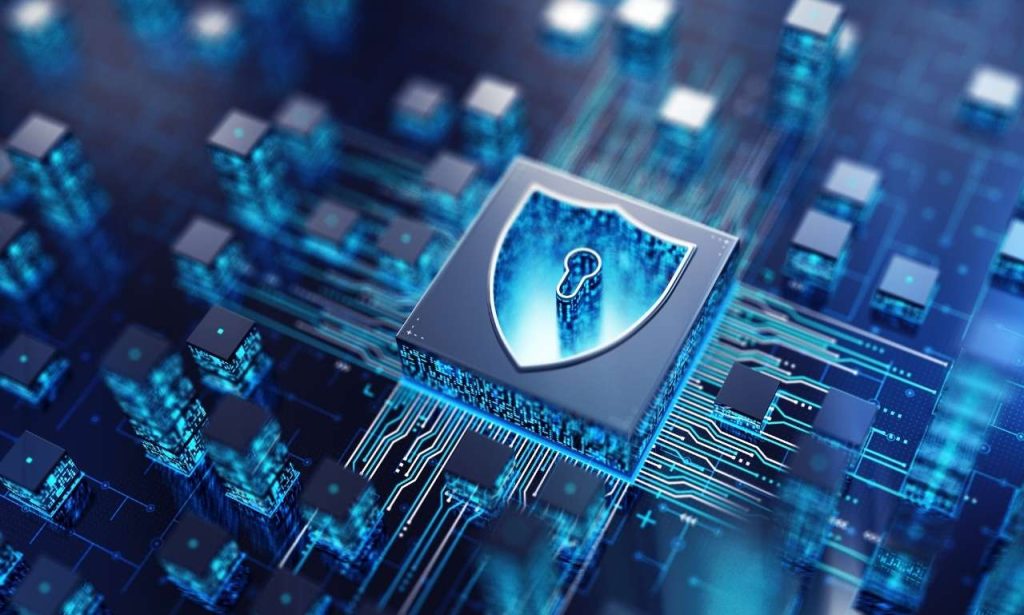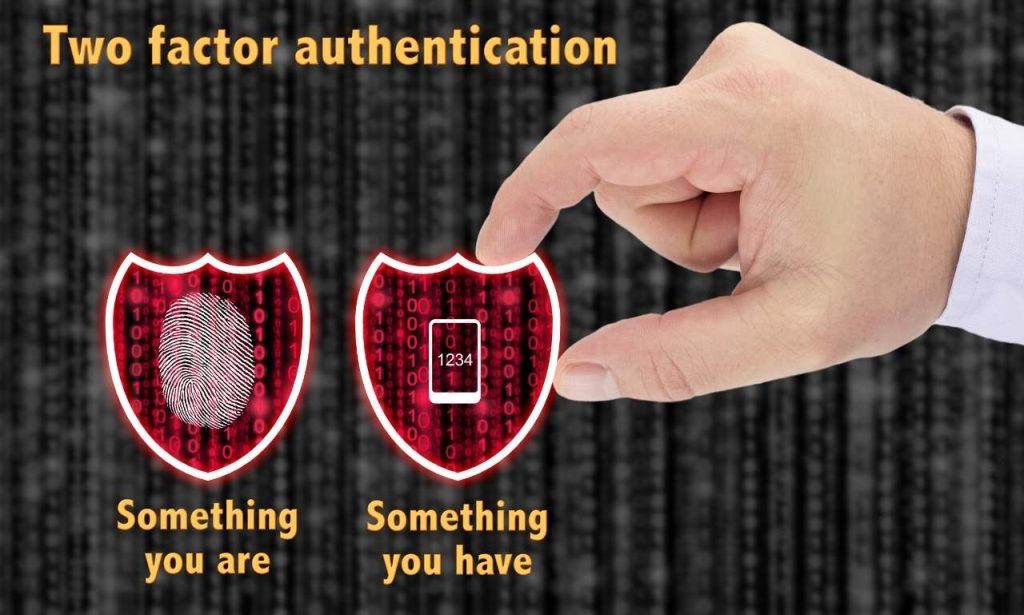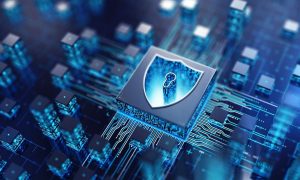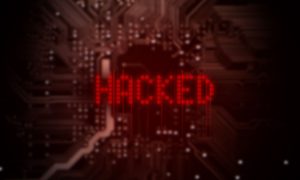Let’s get real—cybersecurity isn’t optional anymore. Every day, hackers launch new tactics. They’re not just targeting giant corporations. Even your small business is at risk. If you’re reading this, you already care about protecting your data. That’s a decisive first step. But awareness alone won’t save your business. In this guide, I’ll walk you through the top 9 essential cybersecurity practices to safeguard your data. Think of this as your personal cheat sheet to protect what you’ve worked hard to build.
What is Cybersecurity?

Cybersecurity is your shield. It protects digital systems, data, and networks from attacks, breaches, and unauthorized access. That includes ransomware attacks, phishing scams, and insider threats. It also protects against everyday risks like human error and outdated software. In simple terms? Cybersecurity keeps your business running smoothly, no matter what’s thrown at it.
How to Protect Your Business’s Sensitive Information
You would not leave your home entrance unlocked at night. Do you leave your business data unprotected in the same way? Strengthening business information security follows awareness training through system construction, which requires continuous attention.
It’s an ongoing process. The following discussion analyzes the nine fundamental cybersecurity practices that defend your business information while protecting your operations.
Understand the Cybersecurity Landscape
Cyber threats are everywhere. The growing number of cybercriminals implement various attack methods, ranging from brute-force attacks to phishing emails. IBM published statistics showing the average data breach cost reached $4.45 million throughout 2019. That’s not a typo. Money represents only one aspect of the situation. One security incident can lead to permanent damage of your business reputation and the loss of customer trust.
Your battle against cybercriminals starts with understanding the security environment while learning about your attackers and the threats that target your particular sector. The security risks which affect financial services operations differ from those that affect eCommerce operations. The different business sectors present specific entry points for attackers.
Your security defense requires real-time monitoring of trends, information on malware varieties, and identification of system vulnerabilities through blog reading, forum participation, and environmental awareness. Cybersecurity isn’t static. It evolves daily, and so should your understanding.
Assess Your Current Security Posture
Before you improve, you need to know where you stand. Many business owners assume their systems are secure. Spoiler: they’re usually not. Run regular cybersecurity audits. Look for security gaps in your systems.
Are employees using complex passwords? Are you using outdated software? How easy would it be for someone to gain unauthorized access? When I helped a startup last year, their system did not have multi-factor authentication. One phishing email, and boom—they were exposed.
Don’t wait until it happens to you. Use network security tools and vulnerability scanners. Hire an expert if needed. A strong cybersecurity posture starts with brutal honesty.
Develop a Comprehensive Cybersecurity Plan
Think of this like a business plan—but for defense. Your cybersecurity plan should outline clear policies, procedures, and response strategies.
Cover everything from employee access to incident response. What happens if a breach occurs? Who’s in charge? What’s the plan to recover?
Your plan should include:
- Access control protocols
- Regular security assessments
- Update schedules
- Backup processes
- Risk management
Creating my first cybersecurity plan revealed to me the many security risks I had failed to consider. Assume nothing. Document everything. And yes, test the plan. A plan that does not undergo testing will fail during critical situations.
Educate and Train Your Team

Human mistakes are your organization’s primary hazard. Your systems might be perfect, but the security of your network is at risk when any single employee follows a deceptive link. Game over.
Training isn’t a luxury. It’s a must. Hold cybersecurity awareness training sessions regularly. Your team needs to receive training about phishing attacks, suspicious activity, and social engineering threats.
Make it part of onboarding. Regular updates, along with tests, will refresh your content. Use real-life examples. The organization should discuss past cases of companies that lost money due to fake invoices and fraudulent emails.
Want an eye-opener? You can find information about the Sony Pictures hack by searching Google. The first attack took shape as a fraudulent email message. The absence of threat understanding within your team will prevent them from detecting potential threats. Create an organizational security culture through which all employees act as defenders.
Align with Relevant Compliance Standards
Failure to follow compliance standards leads straight to major problems. A business should choose between GDPR and HIPAA or the Federal Information Security Modernization Act, depending on their industry.
These aren’t just government checklists. The frameworks function as protective systems that protect organizations. Through compliance, your organization remains protected from major financial penalties. The primary advantage of compliance practice is its ability to establish trust relationships with clients.
Clients’ data safety is their primary concern. Consultants should be hired if you are unsure about regulations that apply to your situation. It’s worth every penny.
Compliance is required beyond a single event. Standards change, and constant updates are essential to your business operations.
Commit to Continuous Improvement
The pursuit of cybersecurity requires constant maintenance rather than being a single achievement. It’s a journey. Your current security framework will become ineffective when you reach tomorrow. Why? Because attackers change tactics constantly.
You need to evolve, too. Schedule regular assessments. Review your cybersecurity policies quarterly. The organization must regularly update its training programs, software systems, and firewall infrastructure.
Our company performs complete cybersecurity program evaluations every six months. The process demands effort, although it remains an absolute requirement: track KPIs, monitor incidents, and learn from every minor threat.
Cybersecurity leadership emerges from organizations that do not achieve flawless security. They’re persistent.
Use VPNs for Secure Connections
Virtual private networks are among the most underrated tools in your cyber defense arsenal. They encrypt internet connections, especially when using public networks.
Think coffee shop Wi-Fi, airport Wi-Fi, and hotel lobbies. A good VPN creates a private tunnel between your device and the Internet, meaning less exposure and risk.
Many businesses forget this—until a breach exposes sensitive data sent over an open connection. Want extra protection? Combine a VPN and multi-factor authentication. That’s a double layer of security that frustrates most attackers.
Keep Software and Systems Updated
This is so basic and so often ignored. Software updates fix security vulnerabilities, but many companies delay them, giving hackers a chance to exploit known holes.
I’ve seen businesses lose six figures because they skipped a browser update. One patch could’ve saved them. Set up automatic updates wherever possible. That includes operating systems, antivirus software, and mobile devices.
And yes—schedule regular downtime to patch critical systems. It’s better than unexpected downtime from a cybersecurity incident.
Utilize Multi-Factor Authentication (MFA)

Passwords aren’t enough. Even the most complex passwords can be cracked, especially with brute-force attacks and leaks. That’s why multi-factor authentication is so robust. It adds an extra layer: something you know and something you have.
MFA authentication uses different methods, such as authentication app codes or fingerprints, alongside text messages. Implementing MFA across all my tools brought me a massive increase in comfort.
It’s simple to implement. And incredibly effective. Use it for all key systems. Email, cloud platforms, banking—everything. Implementing MFA is the simplest method to minimize cyber security threats.
Conclusion
All signs indicate that cybersecurity threats will persist without any resolution. Your business requires an active approach to protect itself. The system needs to go beyond simple reactions to demonstrate predictive capabilities. The top 9 essential cybersecurity practices that you implement create a genuine defense system that protects your data. These investments protect your future in addition to your current situation. In your reputation. In your customers’ trust. Anyone can achieve the right approach without needing tech genius knowledge. You just need to act. Start small. But start now.
Also Read: How AI Can Help You Better Lead Projects and Teams
FAQs
Start by assessing your current security posture and identifying vulnerabilities.
It adds an extra layer of protection and helps block unauthorized access—even if your password gets compromised.
Enable automatic updates and check for patches weekly. Prioritize critical systems.
Yes. Human error is the leading cause of breaches. Training reduces that risk dramatically.


